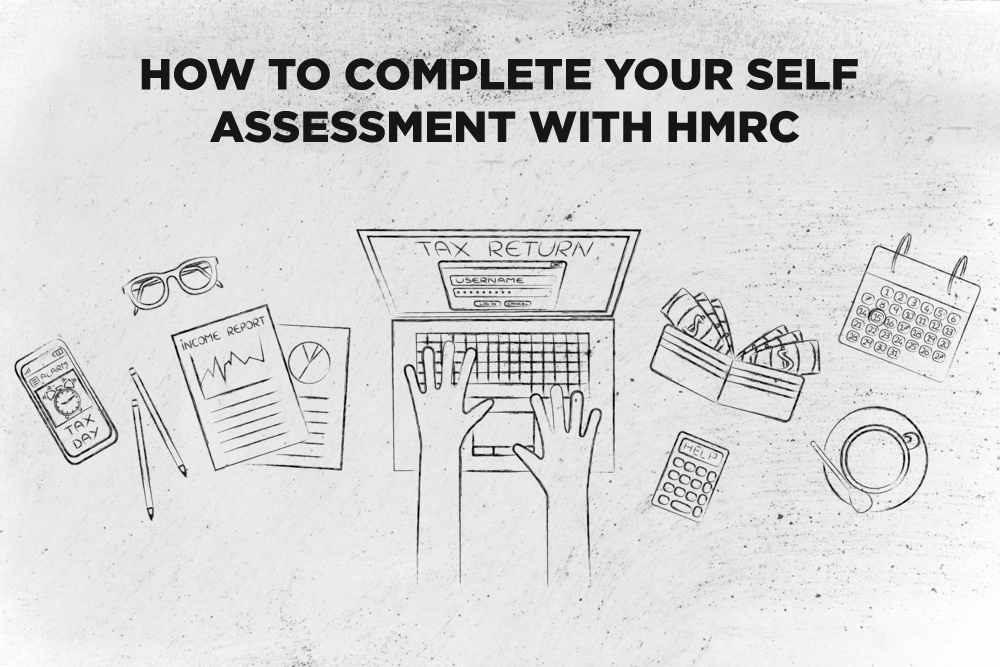
Are you self employed? Or are you a director of a company and do you receive income greater than £100,000. You need to register yourself for self assessment with HM Revenue & Customs. You will be allotted your Unique Taxpayer Reference Number (UTR) UPON successful registration. You will use this number as reference for all future self assessment related issues with HMRC.
Sells assessment tax return should be completed each year. The main tax return form SA100 should be completed in all cases. There are many supplementary pages that you need to fill depending on which suit your circumstances. SA103 is also a supplementary form to SA100. It is used to give details of self employment.
HMRC needs to be informed of all your incomes to ensure a correct amount of income tax and National Insurance is charged to you. Misrepresenting your income knowingly or unknowingly may result in heavy fines. Therefore you should fill all self assessment related forms very diligently. If you notice a missed thing or a change in circumstances, you need to inform HMRC immediately.
For partnerships, Self Assessment should be completed for the partnership by a nominated partner. However, each individual partner shall be responsible for his or her tax affairs. They will fill their own self assessment forms. Individual partners must present themselves to HMRC and should not wait for legal notice from the later.
SA103 has two different types. SA 103s is a simpler and straightforward version. Businesses that are more complex in nature should fill the basic SA103. This is the full version of the form. Businesses having income up to £73,000 will be requested to complete form SA103s. However with income greater than £73000 you need to complete basic SA103.
Additional Circumstances that may make basic SA103 compulsory for you may include a change in your accounting periods. Or if you carry out you business in places outside United Kingdom and Scotland. If your self employed period is different than your accounting period or if you are a practicing barrister, you will be asked to complete basic SA103.
You will not be required to complete accounts formally on a yearly basis if you are eligible for SA103s. But you will need to have suffecient accounts and records available to give complete business picture for last six years of operation. HMRC may choose to carry inspection randomly and without notice.
You will enter final figures where ever available to complete SA103s. Estimated figures can be used where final figures are not available; on condition that you show calculations used to arrive at the estimated figure. Final figures must be incorporated if they arrive anytime before deadline of the SA103s submission.
Self Employment page should include details of all income and expenditures. You can also claim certain allowances and reliefs for losses incurred during the year. If your business cease to exist during the year, you will still need to complete a self assessment at the year end to account for taxes and insurance for whatever part of the year your business was operative.
People who have employment also apart from being self employed are eligible for Class 4 NIC deferment certificate. They will have to include details of employment also on their SA103. If for any reason you have been exempted to pay National Insurance Contributions, state the reason in detail on your SA103.
Upon successful completion and submission of your self assessment via SA103 or SA103s, you will receive Statement of Account. This will show how much tax you owe, how much you have already paid and what is the outstanding balance. Paper tax return should be filed by east October each year. Online tax return should be filed by 31st January. Tax payment deadline for both is 31 January.

Recent Comments